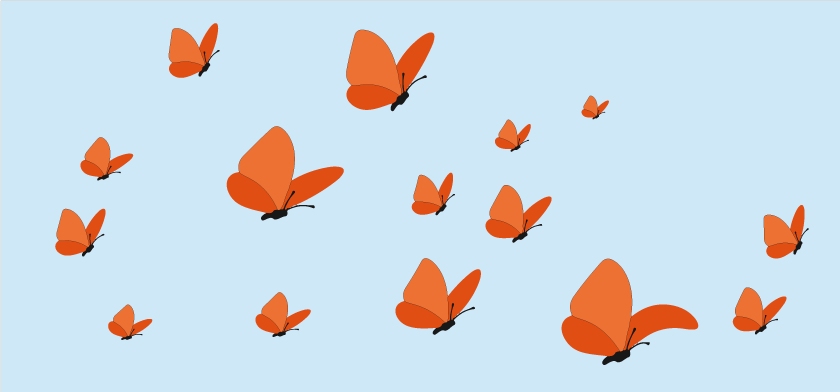The history, through the elements of material culture, the organic remains and language memories, left uninterrupted traces at least since the ancient Neolithic, with sporadic elements even from an earlier age. The Sardinian landscape retains diffusely the remains of settlements, funerary monuments and buildings of worship, while archaeological excavations have shown objects of pottery, utensils and lithic idols and then metals that accompanied the daily activities and significant moments of life of these distant ancestors. These reports, in the archaeological sites and museums, reconstruct a partial picture but strongly characterized and unique in the assets and spiritual manifestations of ancient populations, along a progressive path that evolves in an original way with the cultural stages, whose evidence is everywhere.
In the Taccu’s Plateau, there is the Cea dolmen. The monument consists of a main tower, which is accessed through a corridor, and a tower added at a later time. The dolmen also included a higher floor, whose collapse blocked the access ladder. The main tower, which has a diameter of almost nine meters, is built in granite blocks of medium size just refined.
Loceri is a small village with 1267 inhabitants, located in the middle Ogliastra, in the central-eastern part of Sardinia, about 206 meters above sea level, along the road connecting the centers of Tortoli and Lanusei, administrative centers of the smallest province in Italy, and the coastal strip for the mountains of Gennargentu and Barbagia.
For its central location it is the ideal starting point for fascinating itineraries: to the east we have the Coastal Area and the Cea beach with cliffs in red porphyry and the basalt plateau of Teccu, further south we can admire the pink granite cliffs and embroidered crests of the coastal massif of Mount Ferru; inside, then, not to be missed is the fantastic scenery of the Dolomites “Heels” with beautiful caves and archaeological and geological treasures. To the west, however, we can see the highlands of granite, the schist mountains and the forests of Gennargentu, the roof of Sardinia; to the north finally, besides the wonderful cast of red porphyry, geological peculiarity of Ogliastra, the limestone ramparts of mountains, a world apart where the phenomena of karst drew primitive scenarios that preserve a rich biodiversity of endemic species and ancient forests going to the Tirreno with beautiful coves and high cliffs.
Summer is the season best known to visitors and the sea has a strong appeal, however, there is a less known Sardinia which is real and in every season has generous fruits and a unique taste. This Sardinia expresses its nature through the beauty of its sculpted landscapes, the variety of cultivated areas and vast pastures still populated by wild herds, and through the particular sweetness of its climate, which, even in winter, offers days of bright sunshine, of blue and deserted beaches.
The essence of Loceri finds expression in the fruits of its special tradition that offers the canonical forms of the Sardinian hospitality in a series of events that cyclically mark the seasons. A rich and varied program of events offered throughout the year and especially in the summer, when the land opens its squares and angles characteristic to the best of their hospitality, made of warmth and friendliness , with a cousine of strong flavors and excellent wines. Original sounds in music, singing and enthusiastic rhythms of the Sardinian dance are the constant complement to the party and the beautiful colors of the groups in a costume which mix with unusual naturalness to the varied presence of the crowd, at the end collectively sharing the circle of dance filling the squares.
The most important pagan and religious celebrations are the fuochi di Sant’Antonio celebrated in mid-January, the Religious festival in honor of San Bachisio in the first week of May in the little country church dating back to the sixteenth century, the food and wine festival Culurgionis e Costumus at the end of June, which very often coincides with the celebration of the patron San Pietro, Incontri d’estate with the many musical evenings that takes place between July and August and has Gennas Abertas – a food and wine event in the first week of August – as the most prestigious evening. And furthermore unmissable and very important events: the religious festival dedicated to Madonna di Bonaria in the first week of August, the Sagra della Pecora e la rassegna fotografica in mid-August, the festa religiosa del Sacro Cuore in the first week of September in the Park Taccu.
The Ethnographic Museum Sa domu de s'olia' and the Museum Vecchi frantoi are home to two ancient mills for grinding of olives, witnessing an agricultural vocation and a heritage of olive-groves of ancient trees only partially survived to the repeated fires of the past decades. The Ethnographic Museum preserves the oldest mill still in situ, on the ground floor of a historic building, next to a collection of tools and objects related to oil production and other agricultural activities. In the upper floors, in the old rooms there are environments, furnishings and household equipment, including toys for children and traditional costumes shown to the public.
The Museum Vecchi frantoi is an later example of a mill in an environment rebuilt following the old architectural style, along the main street of the village, very used for the preparation of exhibitions and cultural events.

